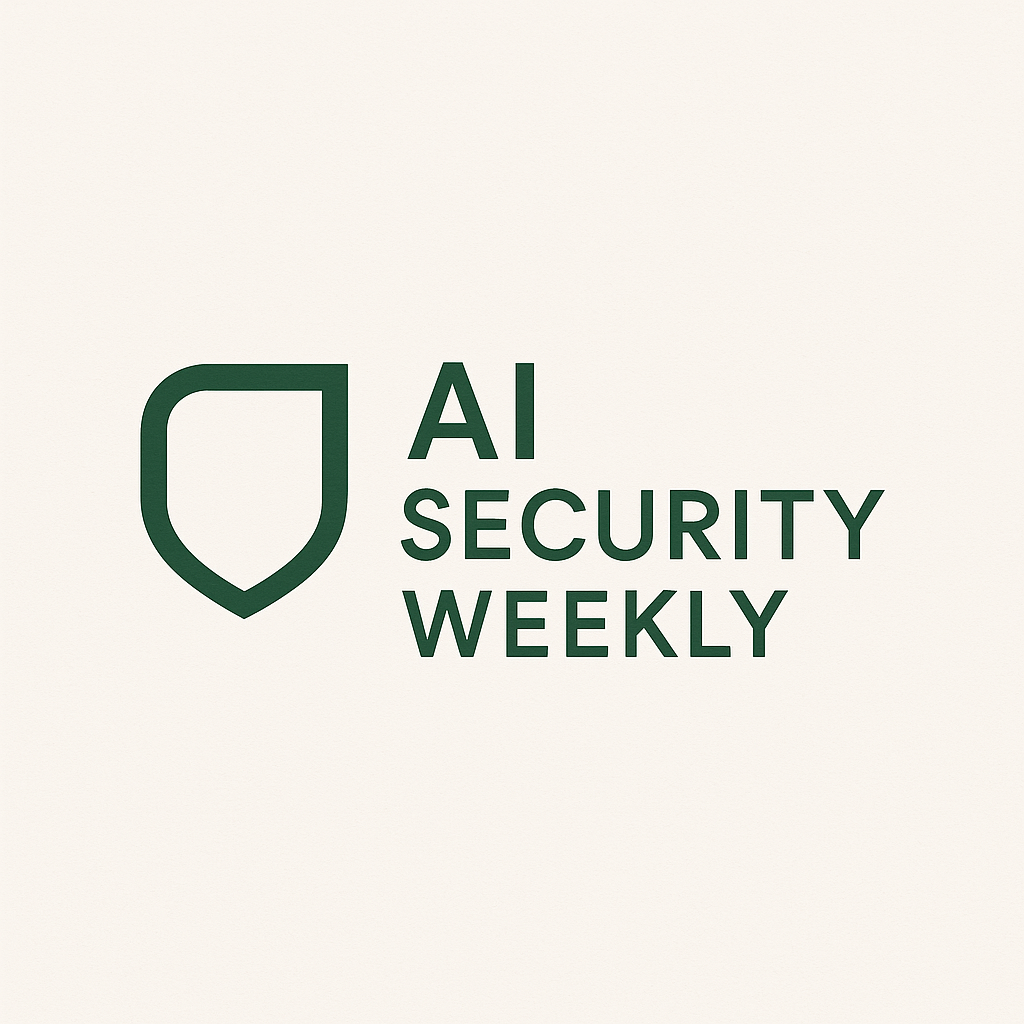This piece is part of “Ideologies of Control: A Series on Tech Power and Democratic Crisis,” in collaboration with Data & Society. Read more about the series here.
AI’s Impact on Employment
Last week, Anthropic CEO Dario Amodei expressed concerns that AI could eliminate up to half of white-collar jobs within the next one to five years. He emphasized that the general public, as well as lawmakers, are not adequately prepared for the significant changes anticipated in sectors like technology, finance, and law.
Government Slow to Act
Amodei argues that both federal and state governments have been slow to acknowledge the potential threats posed by AI, particularly in terms of re-skilling and supporting workers in jobs most at risk, such as copy editors, translators, and call center representatives. Already, many of these roles are diminishing as AI systems offer automated solutions.
Justifying Layoffs
The fear of a powerful artificial general intelligence (AGI) has been used to rationalize harmful practices in both corporations and government. This has led to two troubling trends: layoffs disguised as necessary advancements and a lack of legislative action to protect current workers. For instance, Thomas Shedd, a former Tesla engineer, noted that federal job reductions would create opportunities for automation to fill the gaps.
Automation vs. Transparency
Recent layoffs have included about 60,000 federal employees, while the private sector is experiencing similar trends. Various companies, like Salesforce, are halting hiring due to the perceived capabilities of AI to augment existing workforces. However, such decisions often serve ulterior motives, including political agendas aimed at defunding independent agencies. This has raised concerns about transparency in AI’s implementation.
Avoiding Regulation Under Innovation’s Veil
The promise of AGI has also led to the postponement of essential regulatory protections for workers. For example, the Trump administration proposed a 10-year moratorium on state-level AI regulations, putting existing protections at risk. Such inaction jeopardizes workers and stunts innovation, as state legislation often serves as a testing ground for future federal policies.
Understanding AI’s True Impact
Currently, studies on AI’s productivity gains display a mixed picture. While some research indicates significant improvements in efficiency, AI often struggles with nuanced tasks that require human-level reasoning. Gains are not uniformly distributed, often favoring younger workers over more experienced ones. The ongoing job cuts and deregulation appear driven more by prevailing beliefs about AI than by tangible advancements.
Focus on Evidence-Based Policy
As we navigate the challenges posed by AI, it is crucial to center discussions on evidence rather than speculative narratives. Policymaking should emphasize understanding where productivity gains are happening, who is affected, and in what ways. Without clarity on these issues, we risk either inaction or misguided approaches to some of the most pressing matters of our time.



